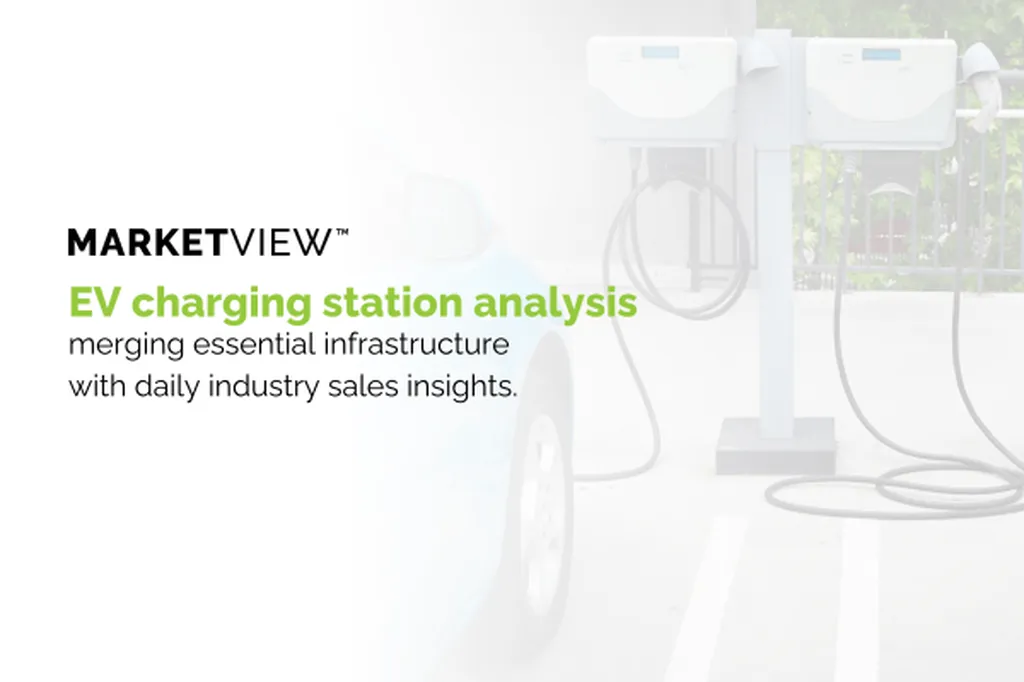In a world increasingly shifting towards electric vehicles (EVs), the strategic placement and utilization of charging stations have become pivotal for both consumers and the energy sector. A recent study, led by Boniphace Kutela from the Texas A&M Transportation Institute, has shed light on the spatial and temporal factors influencing the daily utilization of EV charging stations across eleven cities in the United States, Canada, and Scotland. Published in the journal *Green Energy and Intelligent Transportation* (which translates to *Zielony Energia i Inteligentny Transport* in Polish), the research offers valuable insights that could reshape how cities and energy providers approach EV infrastructure.
The study employed a Negative Binomial (NB) regression model to analyze the daily utilization of charging stations, revealing significant variations across different cities and countries. “We found that stations in Crieff, Scotland, showed lower predicted daily utilization, while cities in the United States had over two times the predicted daily utilization compared to stations in Aberfeldy, Scotland,” Kutela explained. This disparity highlights the importance of tailored approaches to EV infrastructure development, rather than a one-size-fits-all strategy.
One of the most intriguing findings was the correlation between the age of the charging station and its utilization. Older stations tended to have higher daily utilization, although this trend varied significantly across cities. “The longer the station has been in service, the higher the daily utilization,” Kutela noted. This suggests that as EV adoption grows, so too does the demand for charging infrastructure, but the rate of this growth is not uniform.
The study also examined the impact of temporal factors, such as the day of the week and the month of the year, on charging station utilization. While Scotland and the United States exhibited consistent utilization patterns, Canada showed mixed results. This variability underscores the need for localized data and analysis to optimize the placement and operation of charging stations.
For the energy sector, these findings present both challenges and opportunities. Understanding the factors that drive charging station utilization can help energy providers better forecast demand, optimize their infrastructure investments, and ensure a reliable supply of electricity to meet the growing needs of EV owners. “Our findings can help planners and policymakers improve the allocation of EV charging stations,” Kutela said, emphasizing the practical applications of the research.
As cities and countries strive to meet their EV adoption targets, the insights from this study could play a crucial role in shaping future developments. By leveraging data-driven approaches, stakeholders can make more informed decisions about where and how to invest in charging infrastructure, ultimately accelerating the transition to a more sustainable and electrified transportation system.

